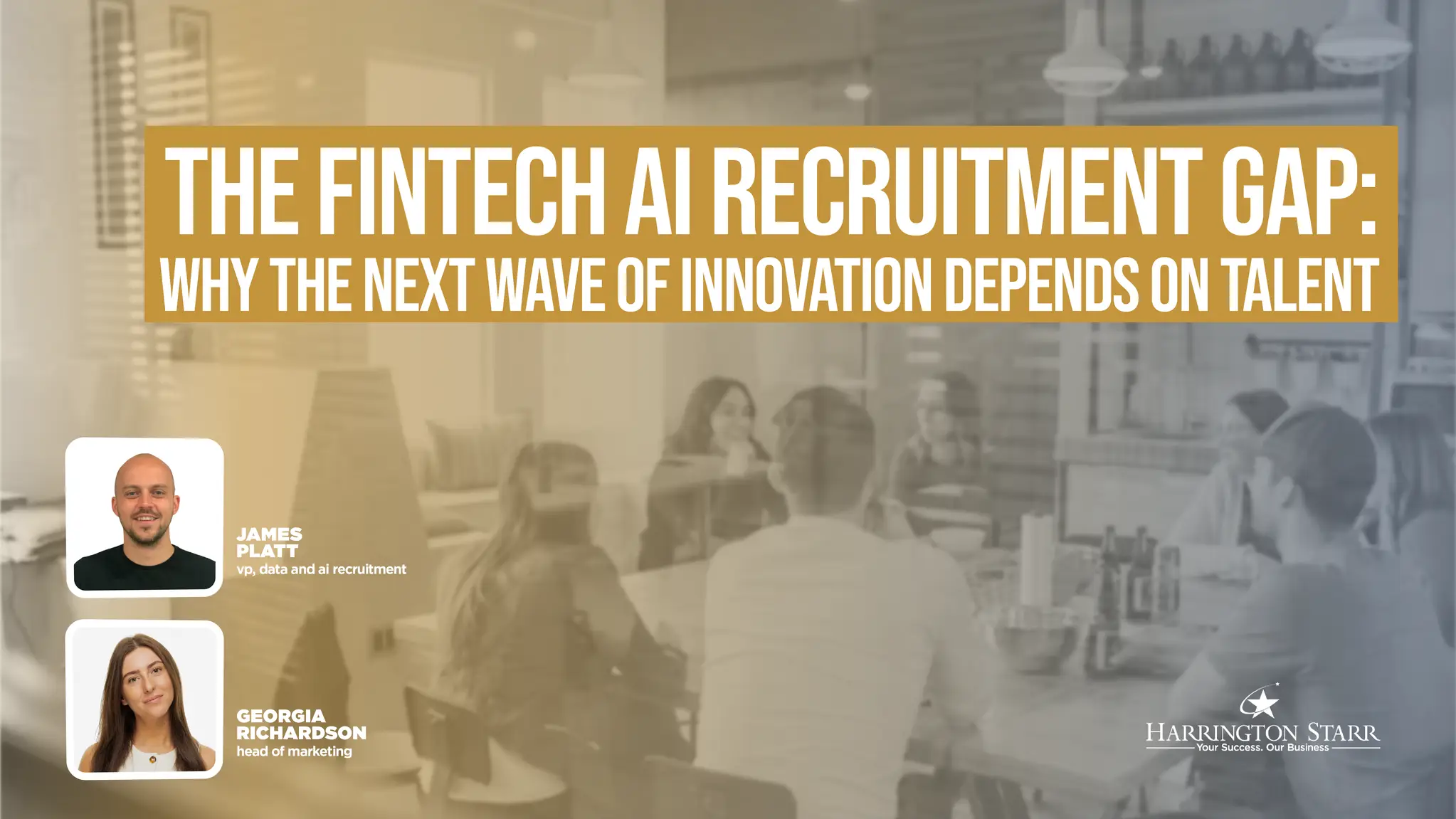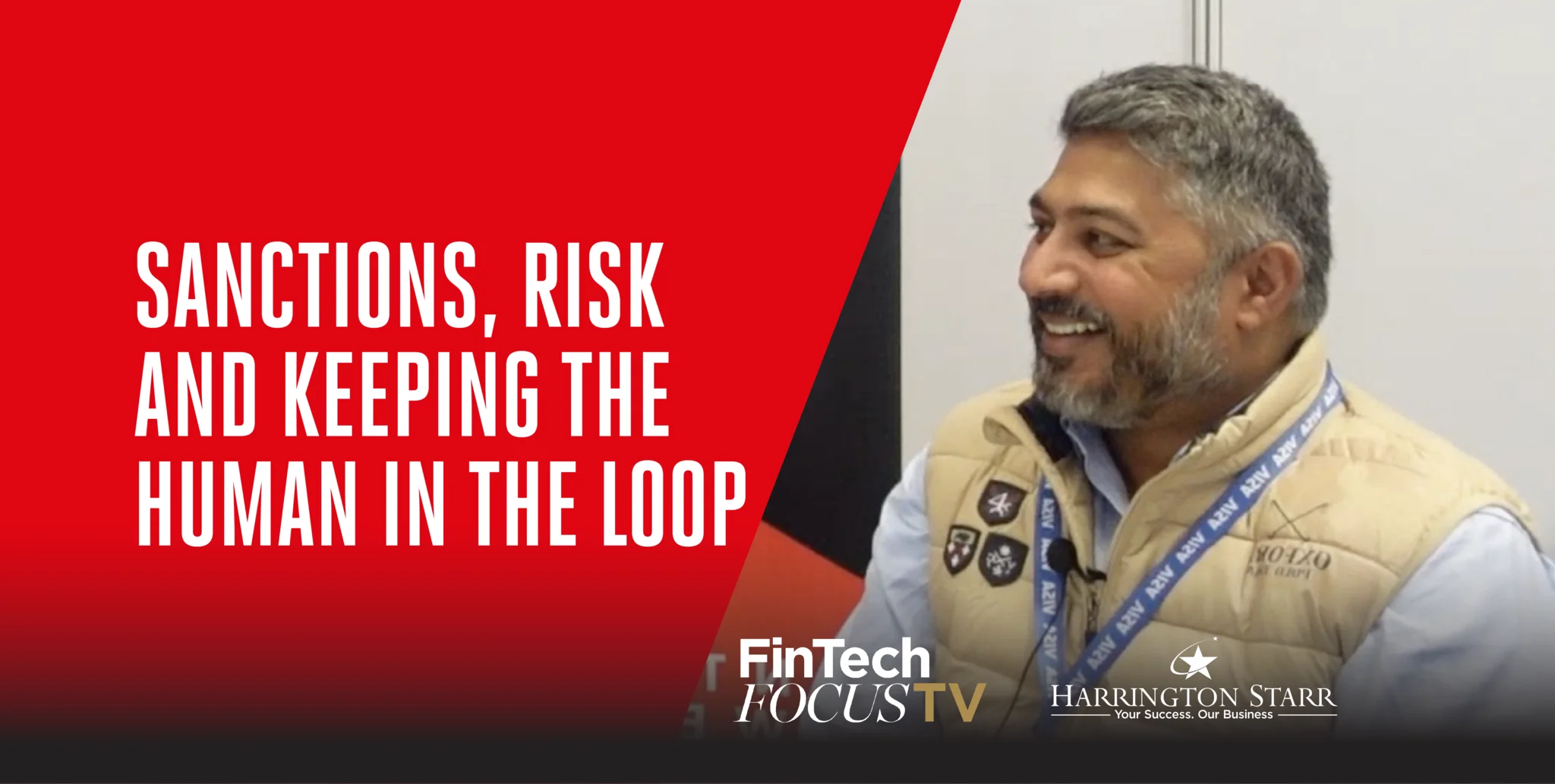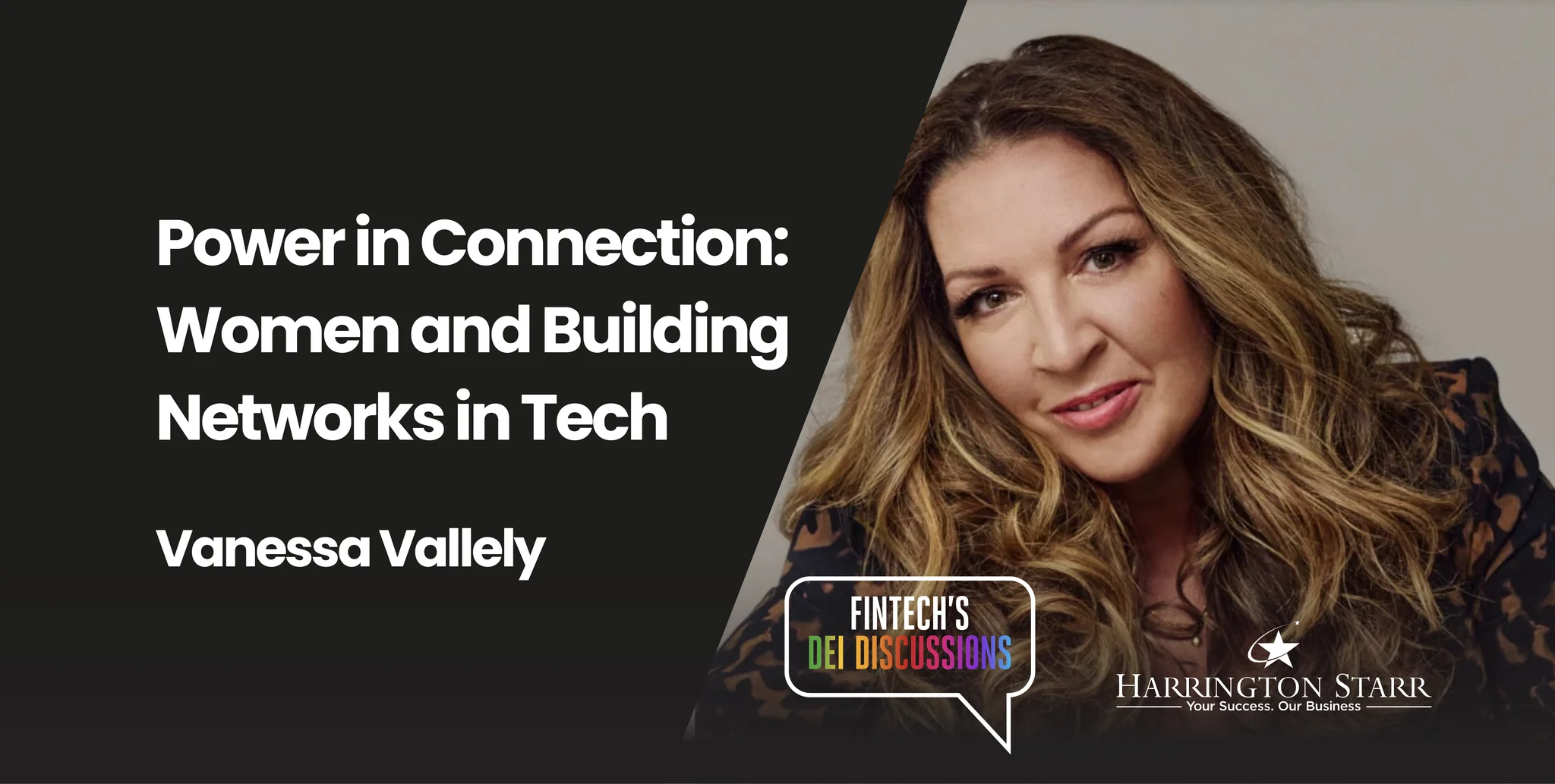AI is transforming Financial Technology, but people still make it work.
Artificial intelligence has shifted from experimentation to execution across Financial Technology. Generative AI is speeding up software delivery and client communications; machine learning is catching fraud and financial crime in real time; predictive analytics is driving smarter risk, treasury and trading decisions. Boards now ask not whether to apply AI, but where first. The hard truth, however, is that technology alone won’t deliver a competitive advantage. The companies winning with AI in finance are the ones winning at tech AI recruitment, identifying, attracting, and retaining the people who can design, govern, and scale these systems responsibly.
This is where the market is tight. FinTech recruitment teams are competing against global banks, Big Tech, cloud providers and startups for a finite pool of AI-fluent talent. The result is elongated hiring cycles, salary inflation, and projects that stall after a promising proof‑of‑concept because the right engineering, data, or risk specialists simply aren’t in post. If Financial Technology is the engine, talent is the fuel and the best data, MLOps, and model risk professionals are in short supply.
What’s driving AI adoption in Financial Technology right now?
Three forces are accelerating AI in FinTech:
Margin pressure and growth mandate: AI augments revenue (through better cross‑sell, pricing, and new product creation) and reduces cost (through automation, straight‑through processing, and intelligent tooling).
Client expectation: Whether you serve consumers, corporates, or capital markets participants, clients expect instant, personalised and secure services. AI is the only scalable way to meet that bar.
Regulatory momentum: Supervisors increasingly expect explainability, fairness, and robust governance for AI models. That doesn’t slow adoption; it formalises it. Talent with model risk management and AI governance skills is now as valuable as pure modelling expertise.
For hiring leaders, this context changes the brief. You’re no longer recruiting “one brilliant data scientist”; you’re building a capability that marries engineering discipline, data stewardship, product thinking and regulatory fluency.
The skills mix every FinTech needs for AI at scale
To move from prototype to production, the most effective Financial Technology teams share a common spine of capabilities:
Data Engineering & Architecture: Crafting secure, compliant, high‑quality data pipelines; building event‑driven architectures; understanding privacy constraints and lineage.
Machine Learning Engineering & MLOps: Containerised model deployment, feature stores, continuous training, monitoring for drift, latency optimisation, and incident response.
Applied Data Science: Time‑series modelling for trading and liquidity; anomaly detection for fraud; NLP for onboarding, KYC, and customer operations; reinforcement learning in specific, well‑governed use cases.
LLMOps & Retrieval‑Augmented Generation: Combining large language models with internal data securely; prompt management, evaluation, and guardrails; PII redaction and approval workflows.
Product & UX for AI: Translating algorithms into revenue‑generating features; measuring business impact; ensuring human‑in‑the‑loop design for sensitive decisions.
Security, Risk & Governance: Model documentation, challenger models, bias testing, explainability tooling, and alignment with policy (e.g., operational resilience, data protection).
Platform & Cloud Engineering: Cost‑aware scaling; GPU/accelerator management; observability and reliability practices that keep models available and performant.
When you plan hiring, build toward this end‑to‑end talent blueprint rather than a sequence of isolated roles. It reduces rework, speeds up delivery, and lowers operational risk.
How a Hiring Bottleneck Could Stall AI’s Biggest Gains in FinTech
The technology stack is maturing quickly, and cloud platforms, vector databases, model monitoring tools, and security controls are available off the shelf. What’s scarce is experience: people who’ve shipped AI into regulated production, navigated model validation, and kept systems robust under real client load. That scarcity turns recruitment into a strategic differentiator. Firms that secure these profiles early can compound value: they build better models faster, create cleaner data foundations, and institutionalise governance so every future project is simpler.
Conversely, teams that under‑invest in hiring find themselves locked in pilot‑purgatory. They accumulate technical debt, burn out the few specialists they do have, and struggle to evidence ROI to the board. In a market where time‑to‑value matters, your hiring velocity becomes your competitive velocity.
Build, buy, or partner? A practical talent strategy
There are three levers available and most successful FinTechs use a mix:
Build (train and internal mobility): Upskill strong engineers and analysts into AI roles via structured learning, rotations and mentorship. This is cost‑effective and boosts retention, but requires leadership patience.
Buy (permanent recruitment): Hire experienced practitioners who’ve shipped in finance. This raises the bar fastest and anchors standards for others to follow.
Partner (consultancies/contract): Bring in specialist capability for surges, audits, or time‑critical deliveries. Ideal for model validation, platform bootstraps, or peak workloads.
Define which outcomes are core to your proposition (therefore permanent) and which are variable (therefore flexible). That clarity prevents both over‑hiring and chronic dependency on contractors.
How to compete for scarce AI talent without a FAANG‑sized budget
Compensation matters, but it’s not the only lever. The most compelling AI offers in FinTech tend to share five traits:
Mission with measurable impact: Show candidates how their models change customer outcomes, reduce fraud, or move P&L with metrics they’ll own.
Modern toolchain: Candidates look for well‑maintained data platforms, CI/CD for ML, and sensible choices on models and infrastructure.
Clear growth paths: Publish levelling frameworks, mentoring programmes, and conference/learning budgets.
Flexibility and autonomy: Hybrid work, reasonable on‑call rotations, and room to experiment within guardrails.
Responsible AI stance: Engineers want to ship ethically. Demonstrate governance, bias testing, and strong data protection.
Package these signals intentionally in your job descriptions, interview process, and onboarding. You’ll widen the top of the funnel and improve acceptance rates without simply increasing salary.
Retention and upskilling: the compounding advantage
In a market moving this fast, learning velocity is retention. Create an internal Academy for AI and data, rotate people across products, and reward knowledge sharing. Pair seniors who’ve shipped regulated models with high‑potential engineers to accelerate experience transfer. Measure engagement with communities of practice, contribution to standards, and mentorship hours, not just ticket throughput.
From a cost perspective, nothing beats retaining a high‑performing ML engineer who understands your data, architecture and domain. Every month they stay, the value compounds; every departure resets momentum and increases risk. Treat retention as a first‑class product.
Diversity, ethics and governance: recruit for responsible AI
Diverse teams build better, fairer systems. In Financial Technology, that’s not only a moral imperative; it’s a commercial and regulatory one. Practical steps include gender‑balanced shortlists, inclusive assessment design, and targeted outreach to underrepresented groups. Pair that with a governance‑aware job design: include explainability, bias testing, and documentation ownership in role profiles. Candidates motivated by responsible AI will self‑select into your pipeline, and those are precisely the people you want building models that affect credit, savings and livelihoods.
Five high‑priority FinTech hiring playbooks (and what “good” looks like)
1) Fraud & Financial Crime (Payments, Banking, Crypto)
Roles: ML Engineers (anomaly detection), Data Engineers (streaming pipelines), Model Risk Specialists.
Signals of maturity: feature stores for transaction patterns; robust feedback loops from case management; measurable reductions in false positives and time‑to‑investigate.
2) Customer Experience & Growth (Retail/SME Banking, Wealth, B2B SaaS)
Roles: Data Scientists (propensity & churn), LLM Engineers (RAG chat for support), Product Managers for AI.
Signals: uplift in conversion and retention; safe deployment of AI assistants; clear guardrails around PII and hallucination risk.
3) Risk & Treasury (Lending, Capital Markets)
Roles: Quant/Data Scientists (time‑series), Model Validation, MLOps for reproducibility.
Signals: traceable decisions, challenger models, and explainability that withstands audit.
4) Market Infrastructure & Trading
Roles: Low‑latency ML Engineers, Data Platform Engineers, Site Reliability for model services.
Signals: deterministic performance under load, strict latency SLOs, and resilient rollback strategies.
5) Operations & Cost‑to‑Serve
Roles: Process Mining, Automation Engineers, LLMOps for knowledge management.
Signals: cycle‑time reduction, fewer manual handoffs, and controlled model change processes.
Using focused playbooks clarifies the sequence of hires, tooling priorities, and success metrics — and it keeps stakeholders aligned.
From London to New York: Scaling Your FinTech AI Teams Across Borders
Financial Technology is a global industry, and AI talent is truly borderless. Leverage hubs where you already have depth (for example, London for product and compliance, New York for capital markets, Belfast and other near‑shore locations for engineering scale). Blend centres of excellence with distributed squads so you can recruit the best person for the role, not just the best within commuting distance.
Key considerations:
- Time zone overlap: Design collaboration windows; avoid 24/7 meeting creep.
- Compliance: Align data residency with model training and serving locations.
- Community: Create intentional rituals (tech talks, guilds, hack days) so distributed teams feel like one organisation.
- Mobility: Where possible, offer secondments across regions to transfer domain context at speed.
- Process excellence: how FinTech recruitment teams raise their hiring bar
- You can recruit exceptional AI talent faster with operational discipline:
- Outcome‑led briefs: Replace generic “rockstar” specs with the top three business outcomes the hire will own.
- Portfolio interviews: Ask candidates to walk through shipped systems, decisions made, trade‑offs chosen, and lessons learned.
- Practical assessments: Short, realistic challenges rather than academic puzzles; evaluate code hygiene, documentation, and communication.
- Candidate experience: Tight timelines, clear feedback, decisive offers. In tight markets, momentum wins.
- Data‑driven hiring: Track funnel conversion, time‑to‑accept, and quality‑of‑hire (e.g., time‑to‑first‑release, incident rates, peer feedback).
These practices respect candidates’ time and give you stronger signal on real‑world capability.
Measuring ROI on AI hiring: what good looks like
Boards will ask for the business case. Define ROI early and track it relentlessly:
- Time‑to‑model: Days from idea to production.
- Model performance: Lift versus baseline; stability under drift; reduction in false positives/negatives.
- Operational metrics: Latency, availability, incident count, recovery time.
- Commercial impact: Revenue uplift, cost‑to‑serve reduction, fraud loss reduction, client NPS.
- Risk metrics: Model documentation completeness, validation outcomes, audit findings.
Tie these to the talent interventions you’re making (e.g., “MLOps hire reduced deployment time by 40%”). It keeps the organisation invested and protects budgets when markets tighten.
A 90‑day hiring roadmap for AI in Financial Technology
If you’re serious about moving quickly, without being reckless, here’s a pragmatic path:
Days 0‑15: Align the mandate
- Select 2–3 high‑impact AI use cases with clear business ownership.
- Map the capability blueprint and gaps against those use cases.
- Write outcome‑based role profiles, levelling, and interview scorecards.
Days 16‑45: Prime the pipeline
- Activate targeted sourcing across UK, US, Europe, and remote hubs.
- Calibrate with a handful of screening interviews to refine profiles.
- Draft practical assessments and schedule panels in advance to compress timelines.
Days 46‑75: Decide and de‑risk
- Run structured interviews; use consistent rubrics.
- Secure two senior “anchor” hires (e.g., a lead ML engineer and a data engineering lead) who set standards.
- Kick off vendor/tooling decisions in parallel for data and MLOps to avoid blocking newcomers.
Days 76‑90: Land and launch
- Onboard with a real project, not a theoretical tour.
- Establish documentation habits from day one (model cards, runbooks, dashboards).
- Publicise early wins internally to attract more candidates and unlock further headcount.
This is where a specialist FinTech recruitment partner can add real value, by maintaining calibrated talent networks, compressing search time, and advising on compensation, process design, and offer strategy, while you keep the focus on outcomes and culture.
The Most Common Hiring Mistakes in FinTech AI (and How to Fix Them)
- Hiring the unicorn: Waiting months for a single person who “does everything”. Solution: hire a pair with complementary strengths and let them unlock the rest.
- Tooling before talent: Over‑investing in platforms without the engineers who will run them. Solution: sequence hires so humans lead the stack, not the other way round.
- Prototype paralysis: Endless proof‑of‑concepts with no path to production. Solution: assign production ownership and success metrics at the start.
- Governance as an afterthought: Retrofitting documentation and explainability. Solution: include risk and validation in the team from sprint one.
- Burnout: A tiny “AI team” supporting the whole business. Solution: clear intake processes, prioritisation, and headcount plans tied to demand.
What this means for leaders hiring in AI right now
AI is no longer a moonshot; it’s muscle memory. The firms that thrive in the next cycle of Financial Technology will be those that treat AI hiring as a strategic capability, not a sporadic activity. That means outcome‑led briefs, well‑sequenced teams, modern engineering practices, and a culture where learning and responsibility go hand in hand. It also means refusing to chase hype, focusing instead on the human foundations that make AI safe, reliable, and valuable.
The Bottom Line for FinTech AI Hiring
Your competitors can copy your features and even your models; they can’t copy your people, your culture, or the way you build. In a world where AI tooling converges quickly, talent becomes your most durable edge. If you’re planning your next phase of AI growth, start with the team, and the rest of the strategy will move faster, safer, and further than you think.
Want help pressure‑testing an AI hiring plan or sense‑checking role design? A conversation with a specialist partner can surface the gaps you can’t see and accelerate your time‑to‑value. Get in touch with us at Harrington Starr today to see how we can help.








